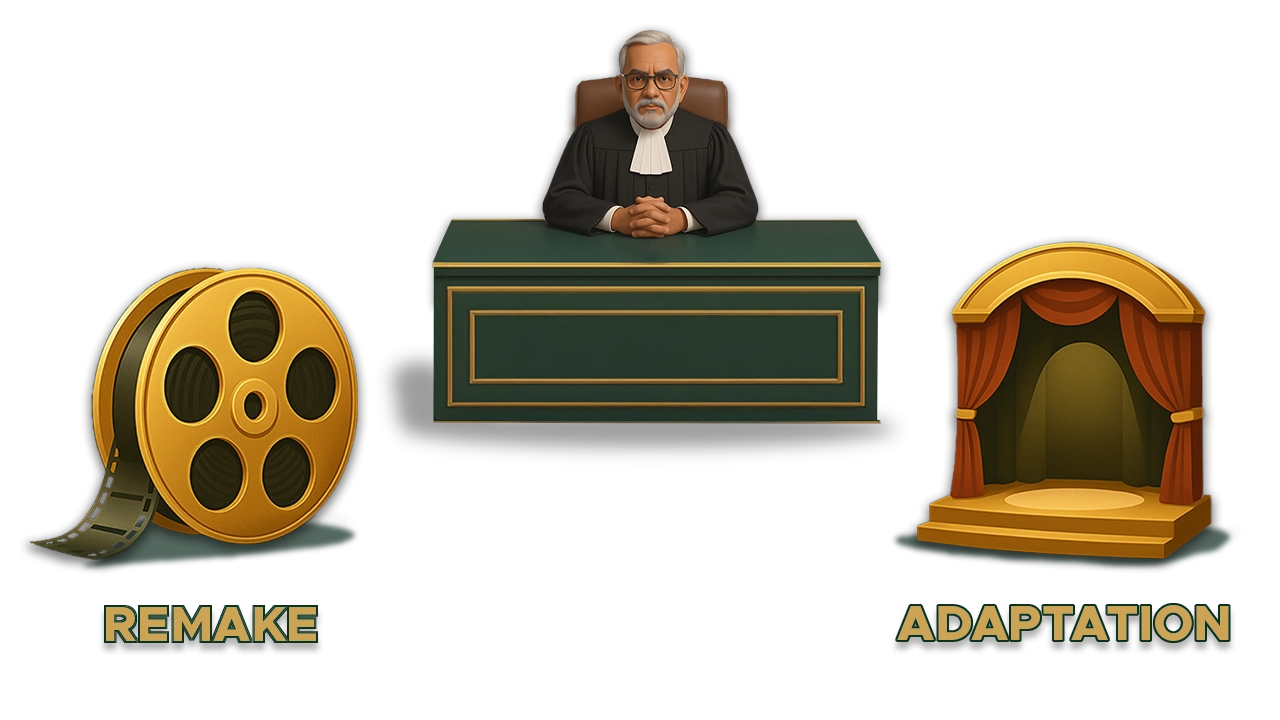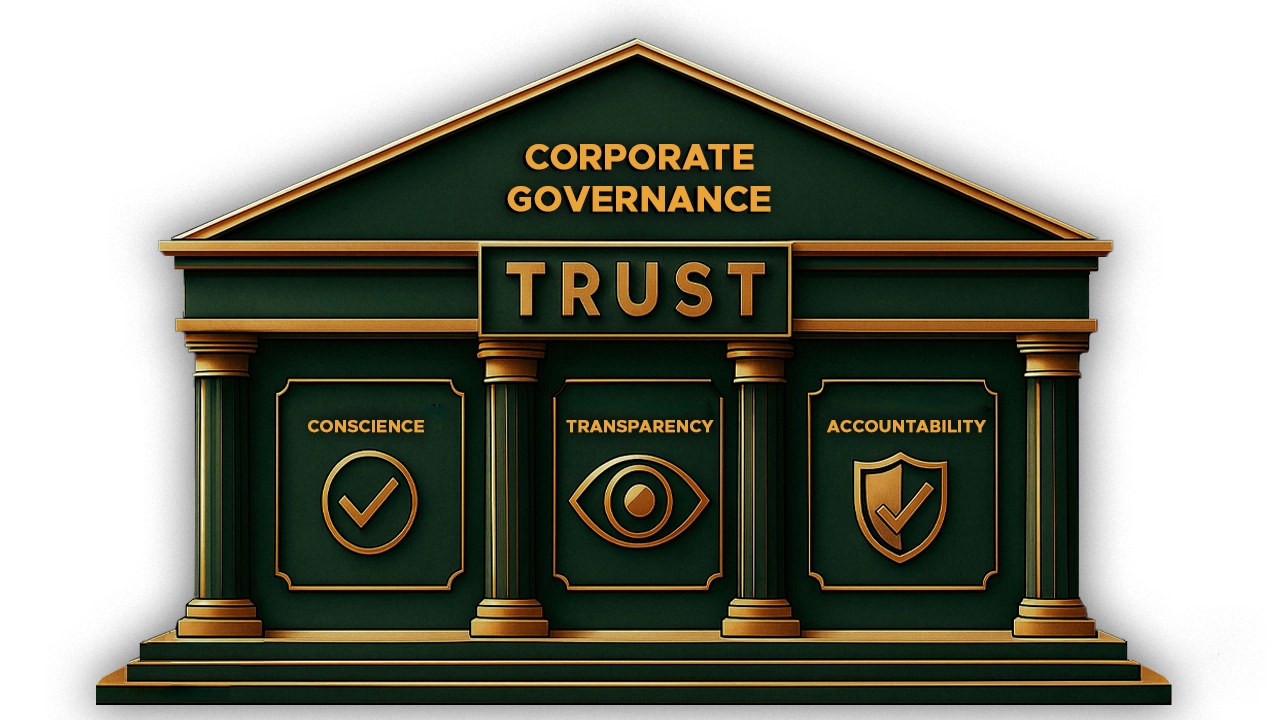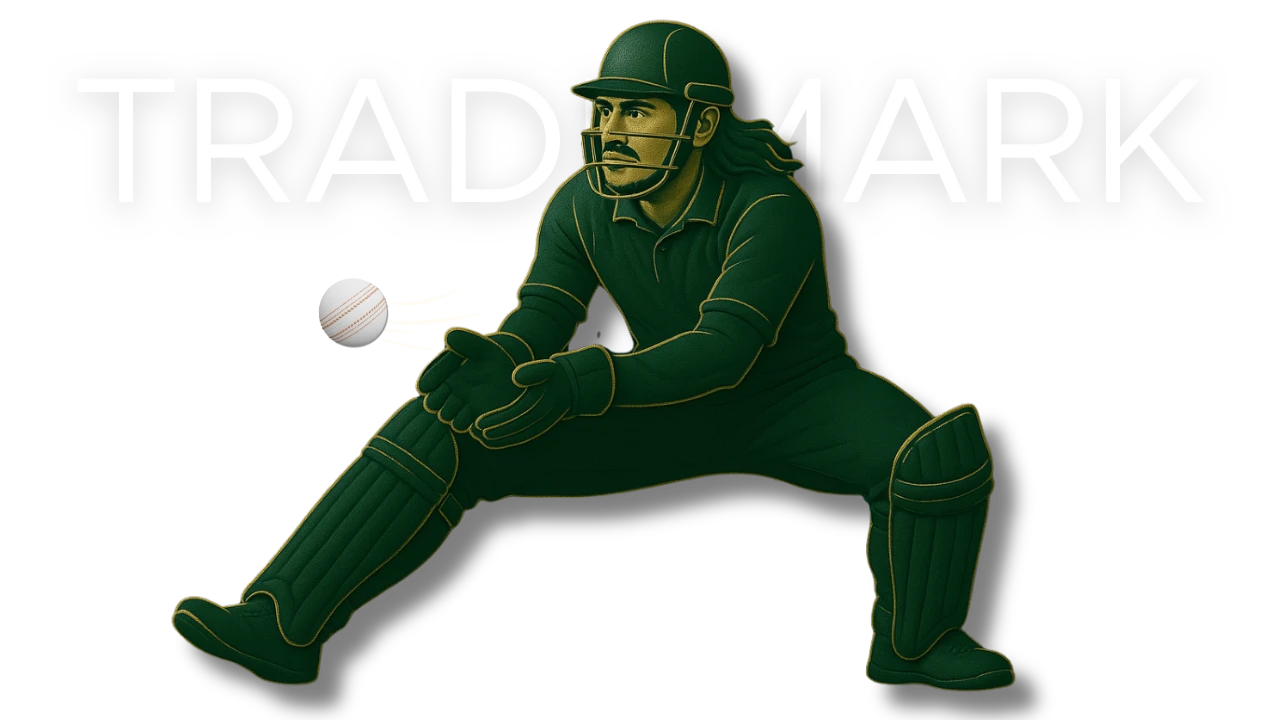In the dazzling world of Bollywood, where grand narratives unfold on screen, the Bombay High Court recently delivered its own powerful plot twists, not in a film, but in two landmark legal judgments. The cases of Shemaroo Entertainment Ltd. v. Saregama India Ltd1. referred as Disco Dancer and Manoj Kala v. Balaji Telefilms Ltd2. known as the Dream Girl 2 serves as a collective wake-up call for the industry. They remind us that while creativity knows no bounds, its legal protection is governed by a precise, often unforgiving, framework. The message is clear: the drama that sells tickets won’t win a copyright battle.
Remake vs. Adaptation: A Matter of Legal Definition
The dispute began with a musical stage show based on the iconic 1982 film Disco Dancer. The plaintiff, argued that the musical was an unauthorised use of their rights to the film. The defendants claimed that the original producer had retained the “remake rights” for a period of ten years, and this included the musical. The court’s task was to interpret the contract and align it with the law. The court’s distinction was rooted in a careful reading of the Copyright Act, 1957. It clarified that while the industry often uses these terms interchangeably, the law treats them very differently.
A remake, a sequel, and an adaptation are distinct concepts in the world of filmmaking. A remake retells an existing story in a new film version, keeping the narrative within the cinematic medium. A sequel, conversely, continues the original story’s universe with a new plotline. Finally, an adaptation involves converting a work from one medium to another, for instance, a novel into a film or a film into a stage play. These distinctions, while often blurred in casual conversation, hold significant legal weight in copyright law.
The court concluded that turning a film into a musical was, in fact, an adaptation. This was a key point, as the Copyright Act, 1957, grants the exclusive right to make an adaptation of a cinematograph film under Section 14(d). The original contract, however, had only specified “remake rights.” The court’s finding that the musical was an adaptation, a right Shemaroo held, led to the ruling that the musical was an infringement.
The Idea-Expression Dichotomy and the Scènes à Faire Doctrine
The Dream Girl 2 case directly engaged with a core principle of intellectual property law: the idea-expression dichotomy. This fundamental tenet, a cornerstone of copyright jurisprudence, dictates that while an author’s original expression of an idea is protected by copyright, the idea itself remains in the public domain and cannot be monopolised. The plaintiff’s claim that the character “Pooja” , a man impersonating a woman over the phone, was a protectable expression was dismissed by the court, which applied a key legal doctrine to the facts of the case.
The court invoked the scènes à faire doctrine, which holds that certain elements or situations are so common or standard within a particular genre that they are considered essential or “stock tropes.” as these elements are not the product of unique creativity, they are not copyrightable.
The court’s decision in the matter is a contemporary application of well-established principles, refined over decades of landmark judgments. Two of the most significant cases that shaped this very doctrine are firstly, the landmark case of R.G. Anand v. Deluxe Films3 established the foundational principle of the idea-expression dichotomy in Indian copyright law. The Supreme Court ruled that while an author may have copyright over the specific expression of an idea, the underlying idea, theme, or plot itself is not protectable.The court held that to constitute infringement, the similarities between two works must be so “substantial and material” that they create an “unmistakable impression” of copying on a lay observer. This judgment solidified the principle that shared concepts alone do not amount to copyright violation.
The Eastern Book Co. v. D.B. Modak4 case further refined the concept of originality in Indian copyright law. While the case did not directly address the idea-expression dichotomy, it established that even a derivative work must possess a “minimal degree of creativity” to be eligible for protection. The Supreme Court considered whether an edited, formatted version of public domain judgments could be copyrighted. It concluded that the intellectual effort and skill involved in organizing and adding headnotes to these judgments met the “minimal degree of creativity” threshold, thereby qualifying them for copyright. This judgment moved beyond the simple “sweat of the brow” principle, establishing that some level of creative intellectual effort is a necessary prerequisite for a work to be protected.
The Requirement for Concrete Evidence: Quia Timet Injunctions
In the high-stakes world of intellectual property, a plaintiff’s most potent weapon is the injunction, a court order to stop a feared act of infringement before it even begins. However, the judgments delivered a powerful reality check: a court will not halt a creative project based on vague fears or industry gossip. The rulings emphasised that in the legal arena, speculation isn’t enough; you need concrete, evidence-based claims.
This principle is rooted in a well-established legal concept known as a quia timet injunction. As defined under Order XXXIX, Rules 1 and 2 of the Code of Civil Procedure, 1908, this pre-emptive measure is granted to prevent a threatened act that has not yet occurred but is credibly imminent. The courts in both cases made it clear that to justify such a powerful remedy, a plaintiff must demonstrate a “real, imminent, and credible” threat of infringement, not just a vague apprehension.
This cautious approach is not new to Indian jurisprudence. In the landmark case of Kuldip Singh v. Subhash Chander Jain5, the Supreme Court laid down the stringent conditions for granting a quia timet injunction. The case, which involved a dispute over a neighboring bakery that was not yet operational, established that a mere “possibility of injury” is insufficient. A plaintiff must prove that the apprehended damage will be “very substantial” and, in most cases, “irreparable.” The court’s message was that preventive action is an exceptional remedy reserved for clear and imminent threats, not speculative concerns.
This principle was applied directly to both the cases. In the Disco Dancer dispute, the plaintiff sought to stop a potential sequel based on nothing more than media reports and industry chatter. The court refused, holding that a pre-emptive injunction could not be granted on such a weak footing. In the Dream Girl 2 case, the plaintiff’s reliance on broad, generic similarities without a detailed script comparison was similarly deemed too speculative for an injunction. These rulings protect not only the rights of creators but also the free flow of ideas, ensuring that copyright is not used as a weapon to suppress competition at the stage of mere gossip or conjecture. As the court has made clear, that Copyright protects creativity, not vague contracts or baseless speculation.
Conclusion
The recent judgments by the Bombay High Court offer a crucial legal compass for the entertainment industry. One ruling underscored the critical importance of contractual precision, clarifying that a statutory right like creating an adaptation is legally distinct from a film’s “remake rights.” Another case reinforced the core principle of the idea-expression dichotomy and applied the scènes à faire doctrine, establishing that generic ideas and stock tropes, lacking a “minimal degree of creativity,” are not protectable under copyright law. Both judgments collectively emphasised the stringent legal standard for granting a quia timet injunction, confirming that courts will not grant pre-emptive relief based on speculation alone. These rulings, therefore, provide a clear legal framework by defining key terms, limiting the scope of copyright, and demanding concrete evidence in litigation.
Citations
- Shemaroo Entertainment Ltd. v. Saregama India Ltd. (2025:BHC-OS:13267)
- Manoj Kala v. Balaji Telefilms Ltd. (INTERIM APPLICATION (L) NO.22738 OF 2023)
- R.G. Anand v. Deluxe Films (1978) 4 SCC 118)
- Eastern Book Co. v. D.B. Modak (2008 (36) PTC 1 (SC)
- Kuldip Singh v. Subhash Chander Jain (Civil Appeal No. 4479 of 1989)
Expositor(s): Adv. Archana Shukla






